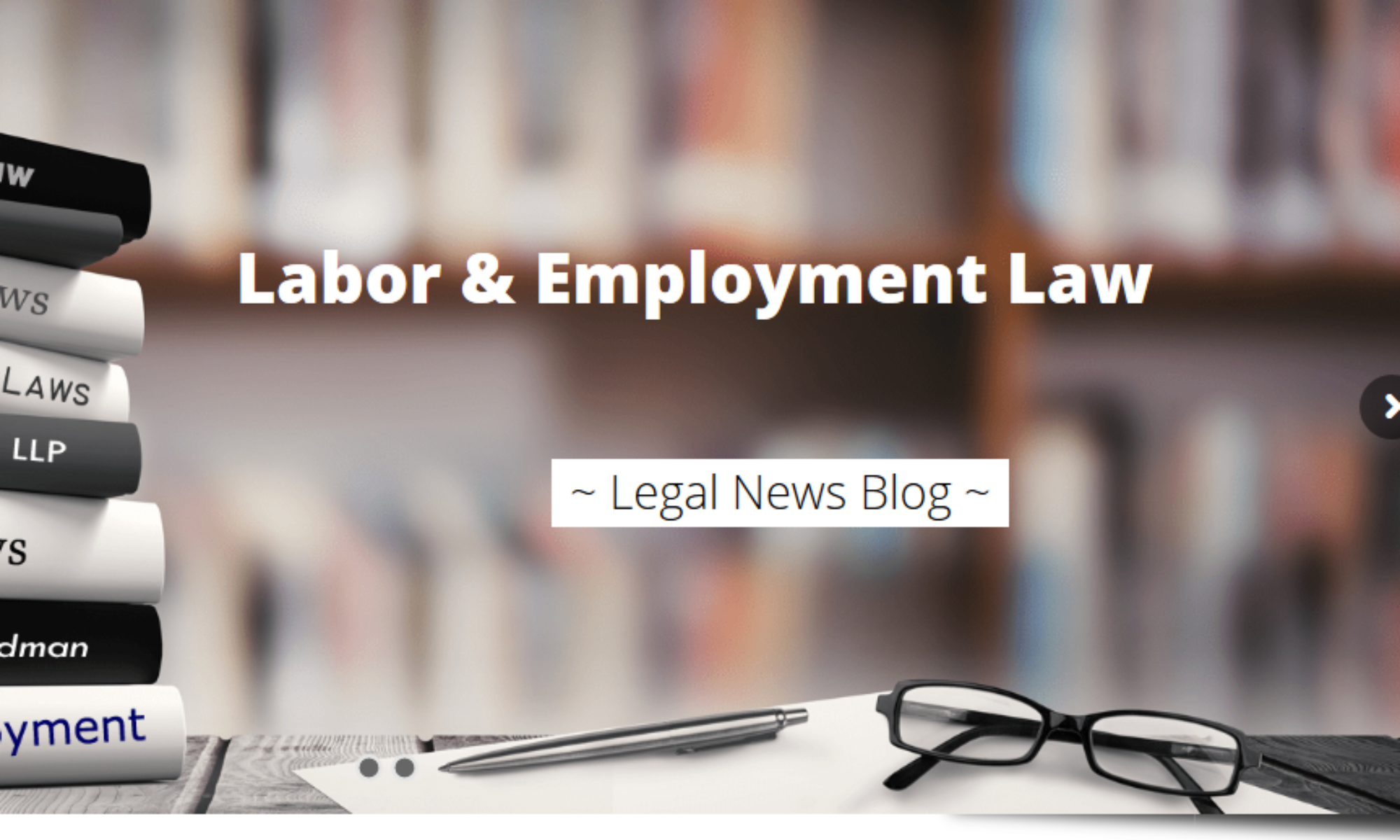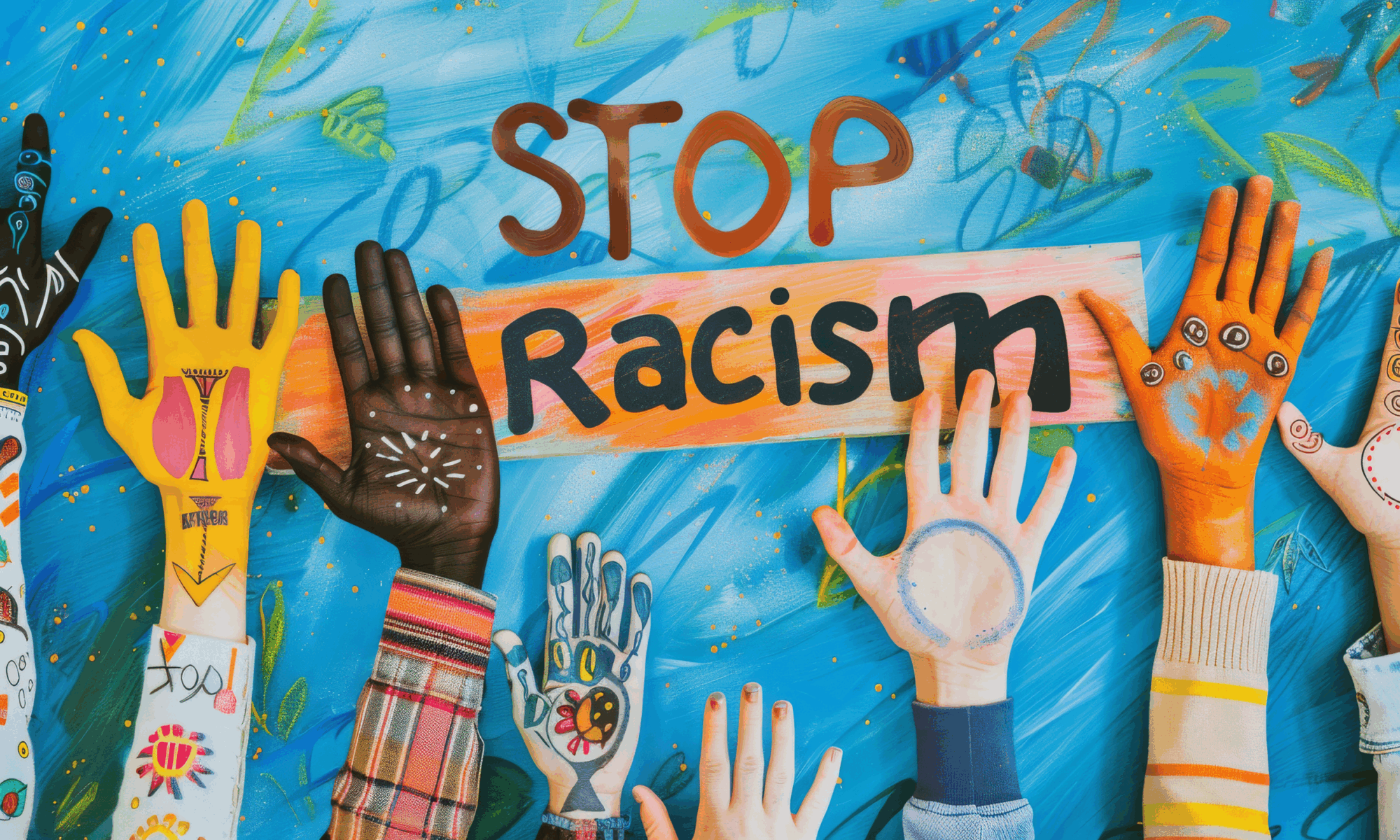SHRM Hit with $11.5M Verdict: A Warning for Discriminatory Employers
It is the world’s largest Human Resources organization—the entity that sets the standards for workplace conduct across the globe. Yet, in a stunning courtroom defeat, the Society for Human Resource Management (SHRM) was found liable for the very behaviors it advises against.
On December 6, 2024, a Colorado jury handed down an $11.5 million verdict against SHRM in a racial discrimination and retaliation lawsuit brought by a former employee. For the HR community, this verdict is more than just a headline; it is a seismic event that exposes the dangerous gap between corporate policy and actual workplace culture.
The case of Mohamed v. Society for Human Resource Management serves as a stark reminder: no organization, regardless of its reputation or expertise, is above the law.
The Case Against SHRM
Rehab Mohamed, a brown-skinned Egyptian Arab woman, joined SHRM in 2016 as an instructional designer. For four years, she was a model employee, earning positive performance reviews and two promotions. By early 2020, she had risen to the role of Senior Instructional Designer.
However, the trajectory of her career shifted dramatically under a new supervisor, Carolyn Barley. Mohamed alleged that Barley systematically favored white employees while subjecting Mohamed to excessive scrutiny, micromanagement, and exclusion from meetings.
According to the lawsuit, when Mohamed attempted to address this disparate treatment, she was met not with support, but with retaliation.
A Pattern of Retaliation
The timeline of events presented during the trial painted a damning picture of SHRM’s internal response mechanisms:
- June 2020: Mohamed formally complained to leadership about racial discrimination.
- July 2020: Mohamed escalated her concerns to SHRM CEO Johnny C. Taylor Jr. and the Chief Human Resources Officer.
- August 2020: Instead of a fair resolution, Mohamed was subjected to a flawed internal investigation that dismissed her claims.
- September 1, 2020: Mohamed was fired, allegedly for missing a project deadline—a deadline imposed only after she complained, and for which white colleagues were reportedly given extensions without penalty.
Inside the Trial: Why the Jury Sided with the Employee
The five-day trial in the U.S. District Court for the District of Colorado revealed evidence that directly contradicted SHRM’s defense. The jury’s decision to award $1.5 million in compensatory damages and a staggering $10 million in punitive damages signals a rejection of SHRM’s narrative.
Flawed Investigations
One of the most critical failures highlighted during the trial was SHRM’s internal investigation. The judge noted that a jury could reasonably conclude the investigation was a “sham.” The investigator assigned to the case had minimal experience and admitted to receiving only one training session on HR investigations—details he could not recall on the stand. Furthermore, evidence suggested that termination paperwork was being drafted the same day Mohamed was still raising concerns about retaliation.
Disparate Treatment
Testimony revealed a clear double standard. White colleagues testified that missing deadlines was commonplace and rarely resulted in discipline. Yet Mohamed was terminated for missing a deadline shortly after engaging in protected activity. This disparity undermined SHRM’s claim that the termination was performance-based, especially given Mohamed’s history of “Role Model” performance reviews.
Reckless Indifference
The massive $10 million punitive damages award indicates the jury believed SHRM acted with “reckless indifference” to Mohamed’s federally protected rights. The court found that HR essentially provided cover for the discriminatory manager rather than protecting the employee.
Implications for HR Practices
This verdict sends a powerful message to employers everywhere: promoting best practices is not enough; you must live by them.
The Danger of Performative HR
SHRM’s defeat highlights the risks of “performative” diversity and inclusion. Mohamed met with the highest levels of leadership, including the CEO, yet the organizational machinery still moved to silence her rather than solve the problem. Organizations that claim to champion equity must ensure their internal actions align with their public messaging.
Accountability for Retaliation
Retaliation remains one of the most common—and costly—mistakes employers make. As this case demonstrates, the timing between a complaint and an adverse action (like firing) creates a “temporal proximity” that serves as powerful evidence of retaliatory intent.
Protection for Whistleblowers
This case reinforces the critical legal protections for employees who speak up. Under federal law, employees who report discrimination in good faith are protected from retaliation, even if the underlying discrimination claim is not ultimately proven.
Understanding Your Rights: The Legal Framework
The verdict in Mohamed v. SHRM was grounded in two key federal statutes that protect employees from workplace injustice.
Title VII of the Civil Rights Act of 1964
This federal law prohibits employment discrimination based on race, color, religion, sex, and national origin. Crucially, it also prohibits retaliation against employees who oppose discriminatory practices or participate in investigations.
Section 1981
Unlike Title VII, Section 1981 specifically prohibits racial discrimination in contracts, including employment contracts. A key distinction is that Section 1981 has no statutory cap on damages, allowing for potentially unlimited compensatory and punitive awards when egregious conduct is proven.
Strategies for Employees Facing Discrimination
If you suspect you are being targeted because of your race, it can feel isolating. However, there are steps you can take to protect yourself and build a potential case.
Document Everything
Paper trails are essential. Keep a detailed record of discriminatory comments, exclusion from meetings, or sudden negative shifts in performance reviews that contradict your actual output. In the SHRM case, the timeline of events—from the leadership change to the excessive scrutiny, micromanagement, arbitrary deadlines, and the flawed investigation—helped establish a pattern of behavior.
Conclusion
The $11.5 million verdict against SHRM is a vindication for Rehab Mohamed and a warning shot to corporations that prioritize reputation over rights. It demonstrates that juries are willing to hold even the most powerful “experts” accountable when they fail to protect their own people.
For employees, this case offers hope. It proves that with the right evidence and legal strategy, it is possible to stand up to systemic bias and win.
Disclaimer: While the parties in this case were not represented by Helmer Friedman LLP, the case offers crucial insights for employees facing similar situations.
Reps: SWAIN LAW, LLC, LOWREY PARADY LEBSACK, LLC (Case No. 1:22-cv-01625)











